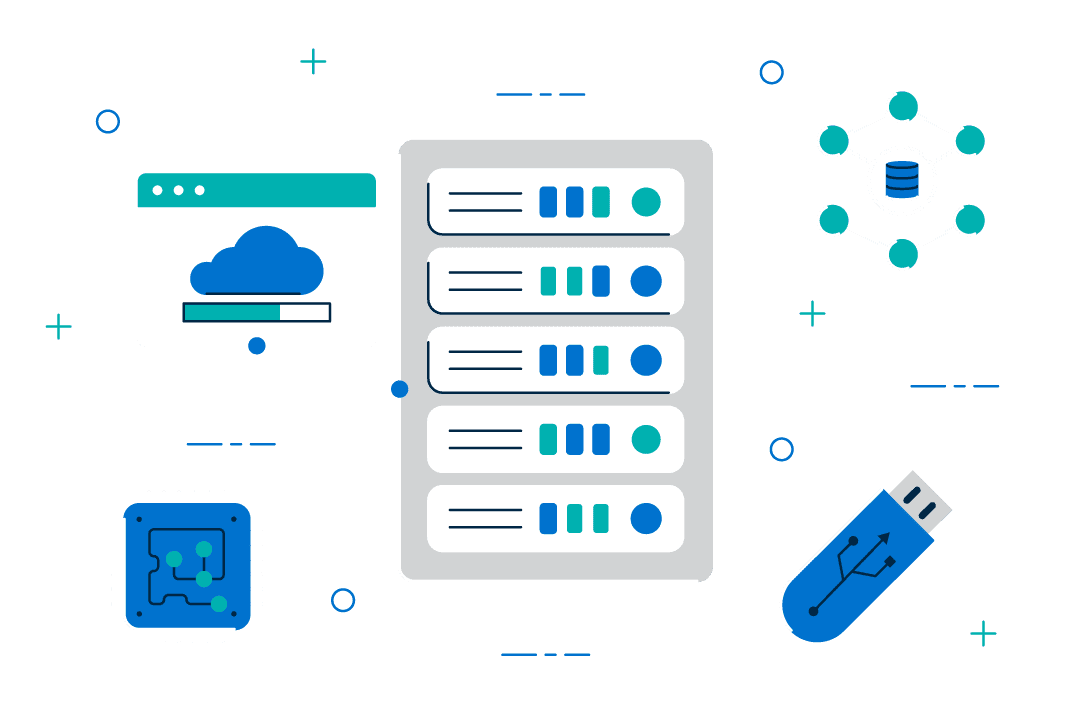
As integration takes on new importance in the institutional strategy, CIOs must respond with organizational, tooling, and process management changes. IT leaders should dedicate staff to integration work, aggregating integration skills from across the organization to professionalize the capability.
To increase speed and facilitate scale, CIOs should empower their staff to evaluate and adopt next-generation integration tooling to advance maturity and increase efficiency through standardized practices and automation. Conduct a workshop to discuss the right approach for your institution with our discussion guide.
To help you make sense of the landscape, we pulled together key facts and findings about ten integration vendors frequently encountered in our research conversations. While not recommendations or endorsements, our profiles provide an overview of the vendors and their products, as well as intelligence regarding their users within higher education.
CIOs should select a change agent from the institution’s developer community to complete a review of the institution’s integration needs alongside the available iPaaS market offerings.
This developer should be selected for their capacity to innovate, given protected time to complete the analysis of campus needs and tooling options, and is expected to present an executive-level overview of findings and recommendations at the project’s conclusion. Access our iPaaS evaluation matrix template to document your evaluation and determine next steps.

This resource requires EAB partnership access to view.
Access the roadmap
Learn how you can get access to this resource as well as hands-on support from our experts through IT Strategy Advisory Services.
Learn More

